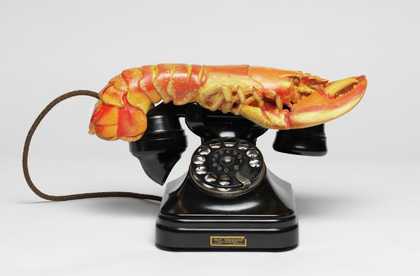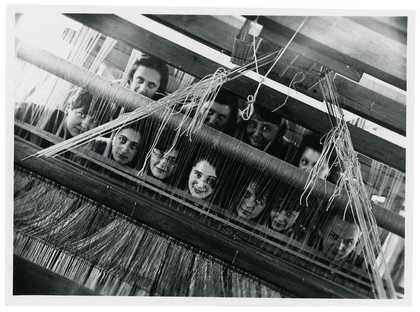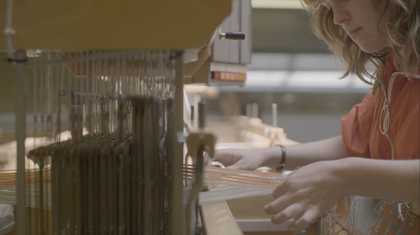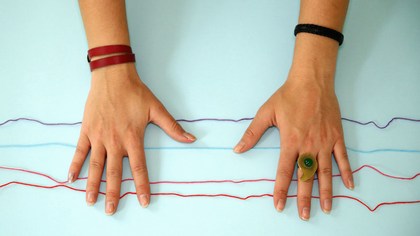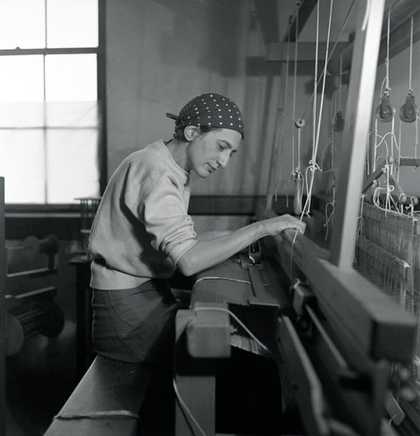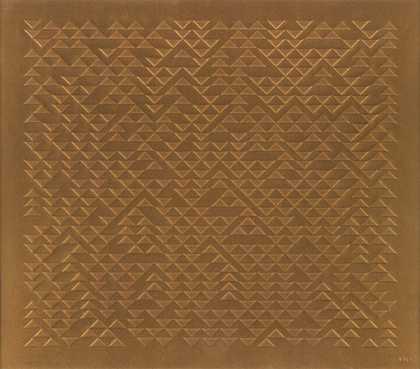A long overdue recognition of Anni Albers's pivotal contribution to modern art and design, this is the first major exhibition of her work in the UK.
As a female student at the radical Bauhaus art school, Albers was discouraged from taking up certain classes. She enrolled in the weaving workshop and made textiles her key form of expression. She inspired and was inspired by her artist contemporaries, among them her teacher, Paul Klee, and her husband, Josef Albers.
This beautiful exhibition illuminates the artist’s creative process and her engagement with art, architecture and design. You can discover why Albers has been a profound influence on artists around the world via more than 350 objects from exquisite small-scale ‘pictorial weavings’ to large wall-hangings and the textiles she designed for mass production, as well as her later prints and drawings.
At the heart of the exhibition is an exploration of Albers’s seminal publication On Weaving 1965 and the wide source material she gathered together to create the book.
Organised by Tate Modern and Kunstsammlung Nordrhein-Westfalen, Düsseldorf



